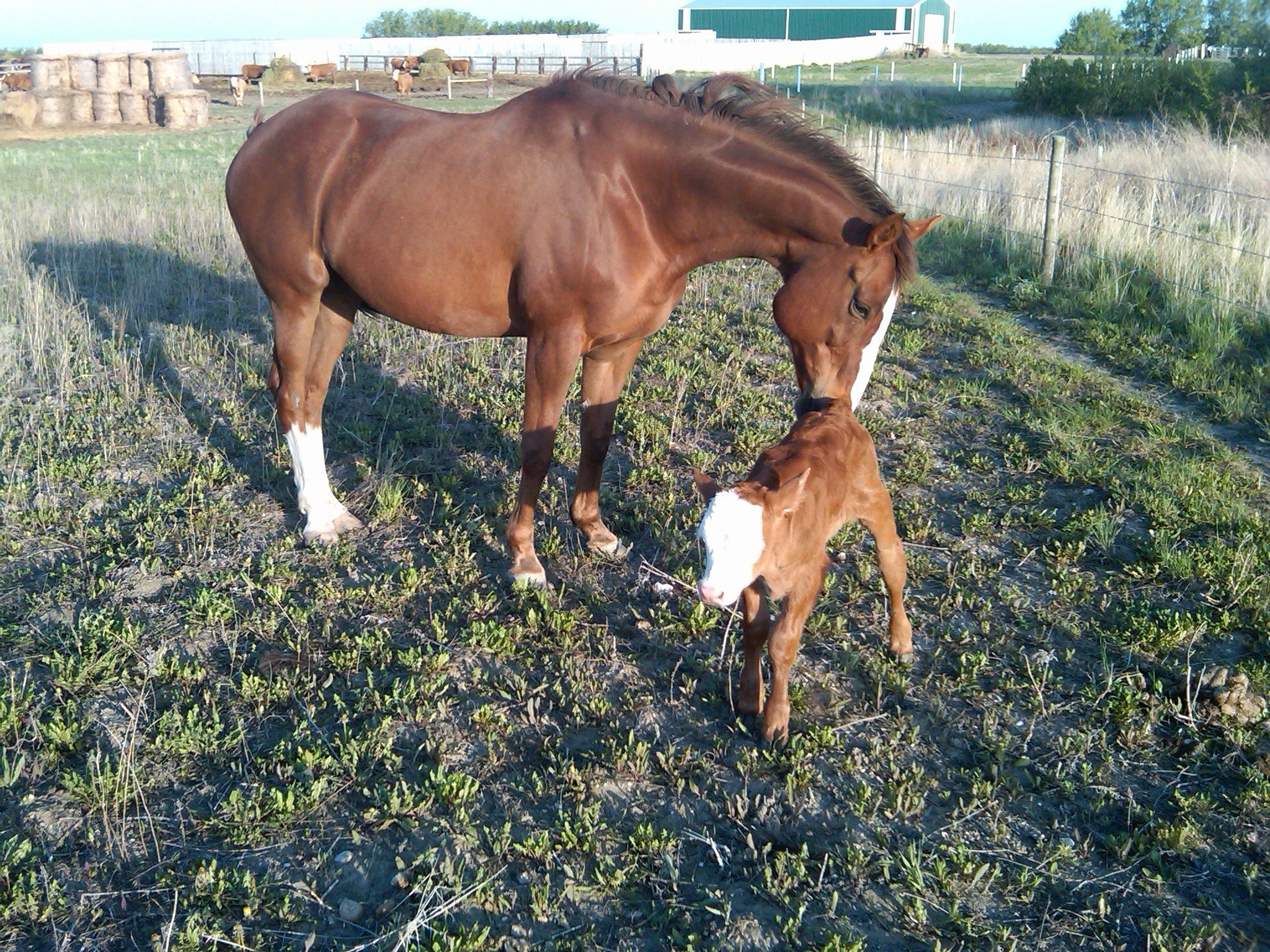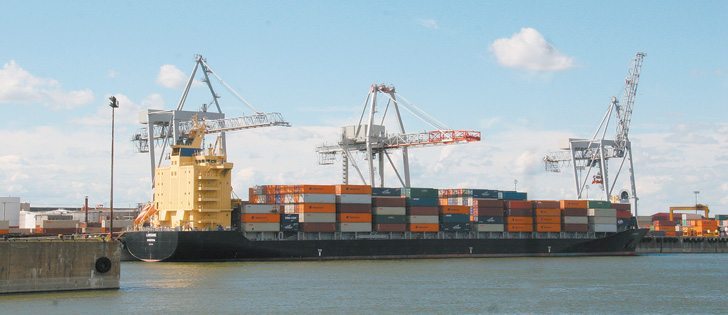The “little guy” often feels like he’s under siege. There’s more justification than ever for that feeling, given recent events.
Although it’s a publicly traded, multinational business, Viterra is the direct descendent of the prairie co-operative grain movement, involving all three prairie pools and United Grain Growers.
With the Glencore takeover, any link to farmer ownership and control will be severed.
In practice, farmers may not see much difference when they deal with the new entity. Psychologically, it may feel even more like David doing business with Goliath.
Read Also

Farmer ownership cannot be seen as a guarantee for success
It’s a powerful movement when people band together to form co-ops and credit unions, but member ownership is no guarantee of success.
This is on top of the biggest grain marketing change of the generation. Smaller farmers and older farmers were more likely to be supporters of the CWB’s single desk. Right or wrong, many small operators believe they’ll be disadvantaged in an open market.
One tangible example is producer cars.
Producer car loading facilities will probably do just fine in the new system, but without a single-desk CWB, loading your own producer car with wheat or durum may no longer be as viable.
A farmer with 1,000, 2,000 or even 3,000 acres is feeling ever more insignificant as some surrounding operations grow to 5,000, 10,000 or even 20,000 acres. As the saying goes, the big get bigger. They’re the ones most likely to get additional rental acres and they’re the ones most likely to buy land that becomes available.
Farmland has been a good investment and that has attracted outside money. To expand, you not only have to outbid your neighbours, but you may have to outbid an investment company or a business owner who lives in the city.
Because it’s also an investment, land has typically been worth much more than its productive value. As prices escalate, it’s even harder for a parcel of land to pay for itself. This works against the smaller operator who’s looking to expand.
Farmers’ thoughts inevitably turn to succession as they get into their late 50s and 60s.
Is there a son or daughter who wants to farm? If the answer is yes, is the farm large enough to be viable for the next generation?
While you can paint a dreary picture for the future of small grain operations, there are many positives to keep in mind.
Most importantly, grain farming is more profitable now than at any time since the early 1970s.
In many cases, relatively smaller operations can provide a decent family income. And with a smaller farm, it’s more viable to supplement family income with off-farm employment or an off-farm business.
Farm equipment is available that can be matched to any farm size and nearly any budget. Sure, big new shiny tractors and combines cost big bucks, but there’s an abundance of older equipment to choose from. Custom operators can fill in any of the gaps.
Large farms don’t necessarily have an advantage when it comes to equipment cost per acre. And small farms don’t usually have to rely as much on outside labour.
Yes, large operations are more likely to get a discount on the purchase of farm inputs. But with nimble management, smaller operations can often grab emerging opportunities. Businesses do need to be growth oriented, but growth doesn’t have to be the overarching objective.
If you’re a relatively small operator, don’t sell yourself short. Don’t feel inferior or intimidated. Don’t carry a victim mentality.
Small to medium sized farmers are often happier, healthier and more financially stable than many of the large farmers in the area.
If you have a positive attitude, it’s likely to rub off on your kids.














